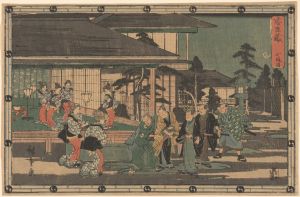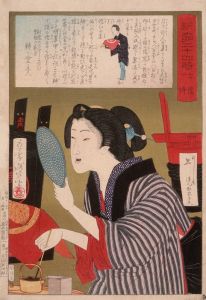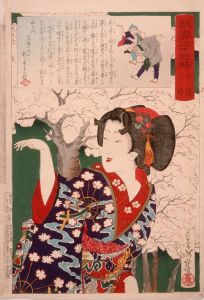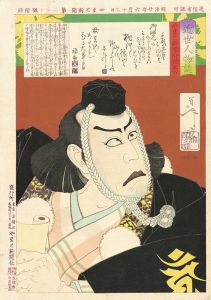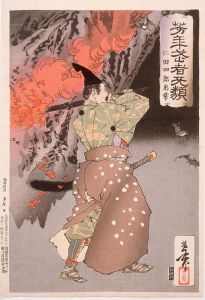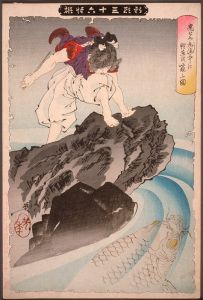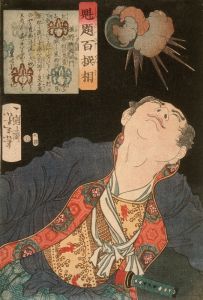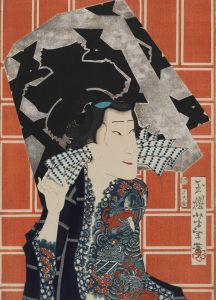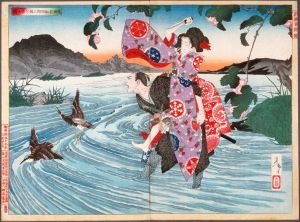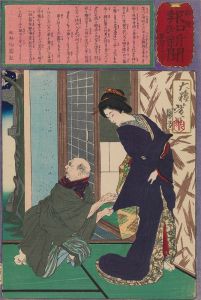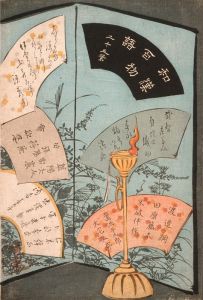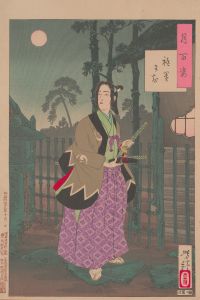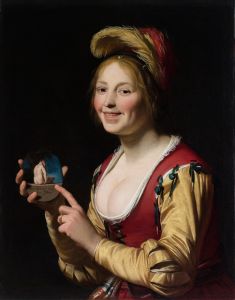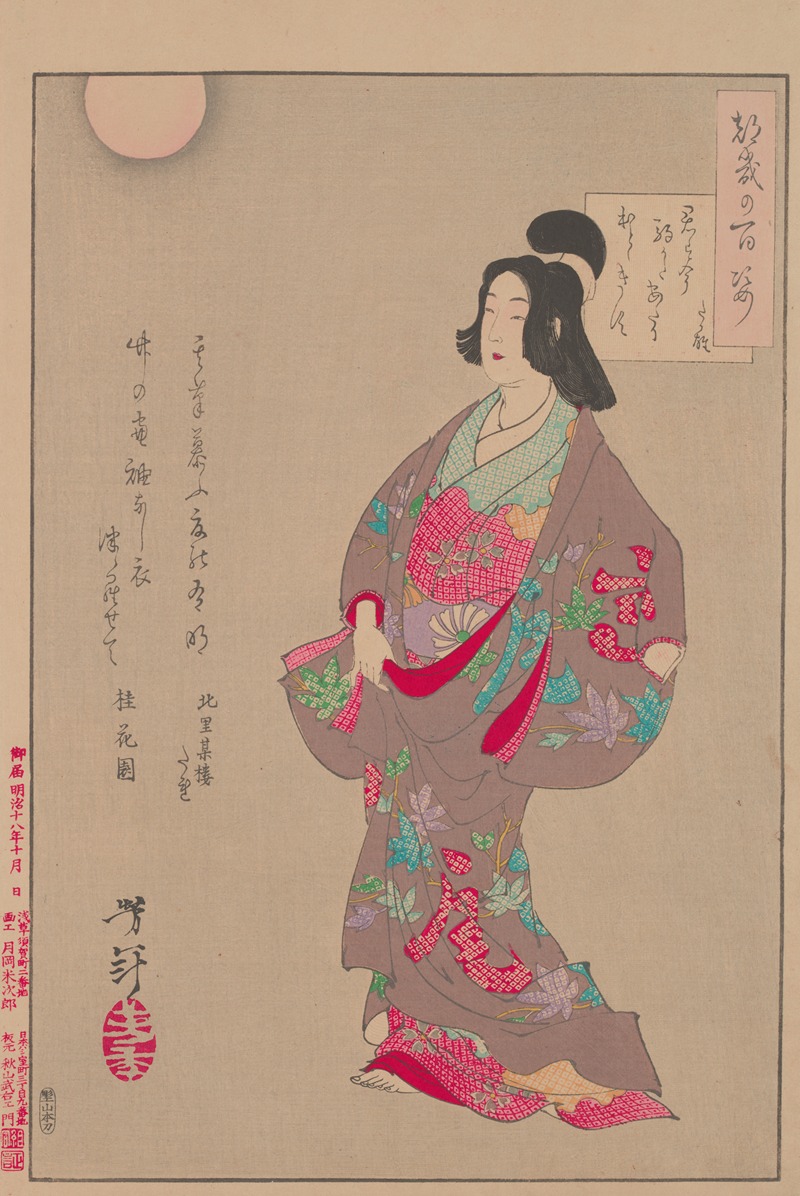
The Courtesan Takao
A hand-painted replica of Tsukioka Yoshitoshi’s masterpiece The Courtesan Takao, meticulously crafted by professional artists to capture the true essence of the original. Each piece is created with museum-quality canvas and rare mineral pigments, carefully painted by experienced artists with delicate brushstrokes and rich, layered colors to perfectly recreate the texture of the original artwork. Unlike machine-printed reproductions, this hand-painted version brings the painting to life, infused with the artist’s emotions and skill in every stroke. Whether for personal collection or home decoration, it instantly elevates the artistic atmosphere of any space.
"The Courtesan Takao" is a woodblock print by the renowned Japanese artist Tsukioka Yoshitoshi, who is celebrated for his innovative approach to the traditional ukiyo-e art form. Yoshitoshi, born in 1839 and active during the late Edo and early Meiji periods, is often regarded as one of the last great masters of ukiyo-e. His works are known for their dramatic intensity, psychological depth, and technical excellence.
This particular print, "The Courtesan Takao," is part of Yoshitoshi's series "New Forms of Thirty-Six Ghosts" (Shinkei Sanjurokkaisen), which was published between 1889 and 1892. The series is notable for its exploration of supernatural themes, a common subject in Japanese art, and reflects Yoshitoshi's fascination with ghost stories, legends, and the supernatural. Each print in the series depicts a scene from folklore, literature, or history, often with a ghostly or mysterious element.
The subject of this print, Takao, was a famous courtesan from the Yoshiwara pleasure district in Edo (modern-day Tokyo). She was renowned for her beauty, wit, and artistic talents, and her story has been romanticized in various forms of Japanese art and literature. Takao's life and tragic fate have inspired numerous works, making her a legendary figure in Japanese culture.
In Yoshitoshi's depiction, Takao is presented with a haunting and ethereal quality, consistent with the themes of the series. The print captures the elegance and allure of the courtesan, while also hinting at the underlying sadness and transience of her life. Yoshitoshi's use of color, line, and composition in this work demonstrates his mastery of the woodblock printing technique and his ability to convey complex emotions and narratives.
Yoshitoshi's "The Courtesan Takao" is a testament to his skill in blending traditional Japanese artistic elements with a modern sensibility. His work often reflects the social and cultural changes occurring in Japan during the Meiji Restoration, a time when the country was rapidly modernizing and opening up to Western influences. Despite these changes, Yoshitoshi remained committed to the ukiyo-e tradition, infusing it with new life and relevance.
The print is also significant for its portrayal of women, a recurring theme in Yoshitoshi's oeuvre. He often depicted women with a sense of dignity and individuality, challenging the stereotypical representations common in earlier ukiyo-e works. In "The Courtesan Takao," Yoshitoshi captures the complexity of Takao's character, highlighting both her strength and vulnerability.
Today, "The Courtesan Takao" is appreciated not only for its artistic merit but also for its cultural and historical significance. It offers insight into the world of the Yoshiwara district and the lives of the women who inhabited it, while also showcasing Yoshitoshi's unique artistic vision. The print is held in high regard by collectors and art historians and continues to be studied and admired for its beauty and depth.





